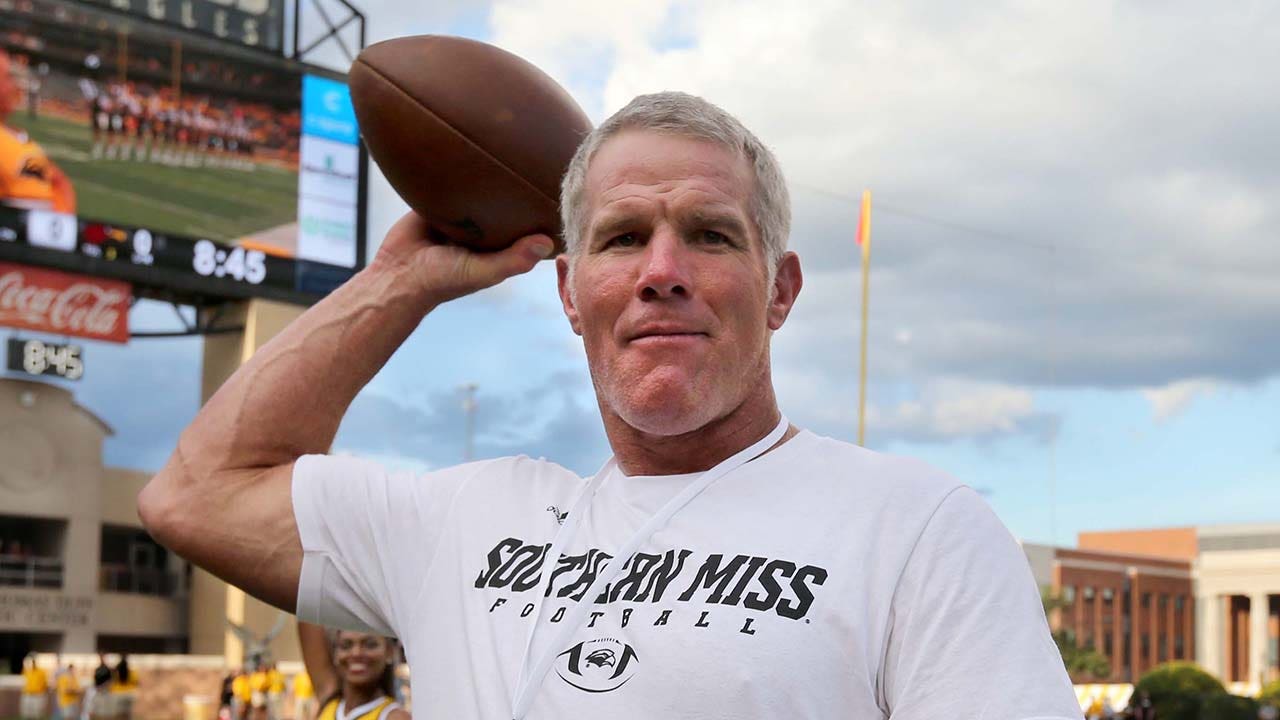The classic American breakfast — eggs, bacon, toast, coffee, orange juice and milk — has been a popular morning meal for decades. And no wonder: It’s hot, hearty and filling. It’s still a staple on menus at diner-style restaurants across the country, including Denny’s, which serves up a close cousin, the All-American Slam.
But times are changing. The U.S. orange juice supply is getting squeezed. Processed meat like bacon isn’t good for you. Eggs are expensive. Coffee prices are spiking. People have a hard time digesting milk. And who has time to cook, let alone eat, all of that food in one sitting anyway? While the classic American breakfast isn’t dead, as one writer for the Atlantic put it: “More and more, the notion of the classic American breakfast — bacon, eggs, toast, milk, coffee and a glass of orange juice — is beginning to seem like a snapshot of a bygone era.”
How did this become the quintessential breakfast in the first place? And what changed? Grab a seat at the breakfast table and have a listen.
How did these foods become the staples of a classic American breakfast?
The history of the American breakfast and why we eat what we eat is a long and multifaceted story, but much of it comes down to two things: convenience and some really effective marketing.
Humans have a lengthy history of eating eggs (we’re talking millions of years) and pork. By the late 18th century, those protein-packed foods had become even more accessible: Pigs were abundant in America, and “pretty much everybody had their own chickens,” both of which were usually cheap to keep, Sarah Wassberg Johnson, a culinary historian, tells Yahoo Life.
But bacon and eggs didn’t become an iconic duo until the 1920s, thanks to Edward Bernays, aka “the Father of Public Relations.” While working on behalf of Beech-Nut to boost sagging bacon sales, he launched a campaign and got 4,500 doctors to sign a statement declaring that “a hearty meal for breakfast was best,” turning bacon into “a key player in the classic American breakfast.”
“It helps that American bacon is really delicious,” adds Wassberg Johnson.
Marketing helped make certain breakfast foods, like bacon, more popular. (Getty Images)
Even the concept of breakfast being the most important meal of the day was a 1917 marketing slogan from Kellogg’s (yes, of the cereal fame) to get people to eat more cereal in the morning.
Marketing also did wonders for orange juice. “Orange juice wasn't super-expensive in Florida because everybody could have their own orange tree in their backyards,” says Wassberg Johnson. “You have to go to places where you can't grow oranges in order to get a viable market.” Ads promoting drinking the juice, along with the discovery of vitamin C in the 1920s, which citrus fruit has in spades, propelled sales.
Milk has also benefited from marketing. While humans have been drinking cow’s milk for thousands of years, it didn’t become a popular beverage in the U.S. until the late 19th and early 20th century. Even then it needed a PR boost, which at one point came from the government. Kendra Smith-Howard, an associate professor of history at the University of Albany and author of Pure and Modern Milk: An Environmental History Since 1900, told Scripps News that in the 1910s and 1920s, the U.S. Department of Agriculture (USDA) “touted milk as ‘a nutritionally complete food’” with the “appropriate level of fats and proteins and sugars all in one component."
Selling food is one thing. Getting it to customers is another. The transcontinental railroad in the late 19th century and its refrigerated train cars changed the game when it came to shipping food, and created a mass market for perishable items like eggs, processed meat and orange juice.
The home appliance boom also played a big role. “The rise of electric home appliances like electric waffle irons and electric coffee percolators and electric egg cookers and toaster ovens” made making breakfast at home easier, says Wassberg Johnson.
Milk wasn't a popular beverage in the U.S. until the late 19th and early 20th century — and even then it needed a marketing boost to get people to drink more of it. (Getty Images)
What makes this breakfast tasty?
All the marketing the world won’t help you, though, if a food doesn’t taste good, and from a culinary perspective, the classic American breakfast has a good mix of flavors and textures. “Eggs have that luscious, creamy texture and they’re savory, but their flavor isn’t so overpowering — it’s subtle,” says Sara Haas, a dietitian and recipe developer.
“When you pair that with bacon, which is obviously salty and crispy, you’re balancing out that smooth and creamy egg,” she says. “And then you have the toast, which, when you brown it, makes it a little sweet. So you’ve kind of got salty, sweet — all of the things going on, which is the secret to the success of many famous dishes. The trifecta of delicious.”
So what changed?
Some elements of the classic American breakfast are still going strong. CivicScience’s 2024 breakfast trends report shows that eggs continue to top the list, with 38% of U.S. adults saying they eat them for breakfast on a typical day. That’s followed by toast or bagels (32%) and cereal or oatmeal (29%), with bacon or sausage (28%) close behind.
Coffee obviously hasn’t lost its luster either: It’s still the most popular beverage at breakfast (or really any time of day), with 42% of people choosing to kick off their morning with a cup of joe, while fruit juice and milk (both 12%) ranked much lower.
But eating all of this in one sitting? That’s what’s changed over time. Here are several reasons why:
Cooking is time-consuming. People don’t typically have time to make (or eat) a full hot breakfast before work. The Industrial Revolution played a big role in this. Also, as more women entered the workforce, there was a shift in cooking at home. Big breakfasts are “dependent on other people's labor,” Sarah Lohman, a culinary historian and author of Endangered Eating: America’s Vanishing Foods, tells Yahoo Life. “Fifty years ago, this was the labor of women.” In 2025, however, “we are in an era where a two-income household still doesn't make ends meet,” she says. “So who's making that breakfast?” Instead, it’s been relegated to Sunday brunches at home or a local diner.
People want convenience. When cold cereal was introduced in the 1890s (particularly with Kellogg’s Corn Flakes), it changed the breakfast game. “It gets popular because it takes literally no effort to make it,” says Wassberg Johnson. Cereal is quick and easy to prepare, freeing people up from being stuck in front of a stove in the morning.
Some Americans don’t eat breakfast at all. “I think maybe intermittent fasting has killed the American breakfast,” says Lohman. “I think lots of people aren't eating breakfast.” About 15% of Americans skip breakfast, according to the Centers of Disease Control and Prevention, while 13% of U.S. adults have tried intermittent fasting (which includes not eating breakfast), according to a 2024 survey from the International Food Information Council.
People are more health-conscious. However delicious bacon may be, most people are aware that processed meats aren’t healthy. They raise the risk of high blood pressure, heart disease, type 2 diabetes and more. But cutting back on processed meat like bacon by just 30% reduces those risks.
Prices have gone up. Breakfast isn’t as affordable as it used to be. Along with egg and coffee prices, the average cost of frozen orange juice concentrate in U.S. supermarkets has skyrocketed by about 90% over the past five years, according to the Wall Street Journal. “Higher food prices may also be taking a toll on Americans’ love of traditional breakfasts,” says MarketWatch report.
Although many people have ditched the full American breakfast for smaller, quicker meals or just a hot cup of coffee, Wassberg Johnson says the filling meal still persists, even if it’s mostly at brunch on Sundays. It’s a classic, after all.
.png)
 German (DE)
German (DE)  English (US)
English (US)  Spanish (ES)
Spanish (ES)  French (FR)
French (FR)  Hindi (IN)
Hindi (IN)  Italian (IT)
Italian (IT)  Russian (RU)
Russian (RU) 




Comments